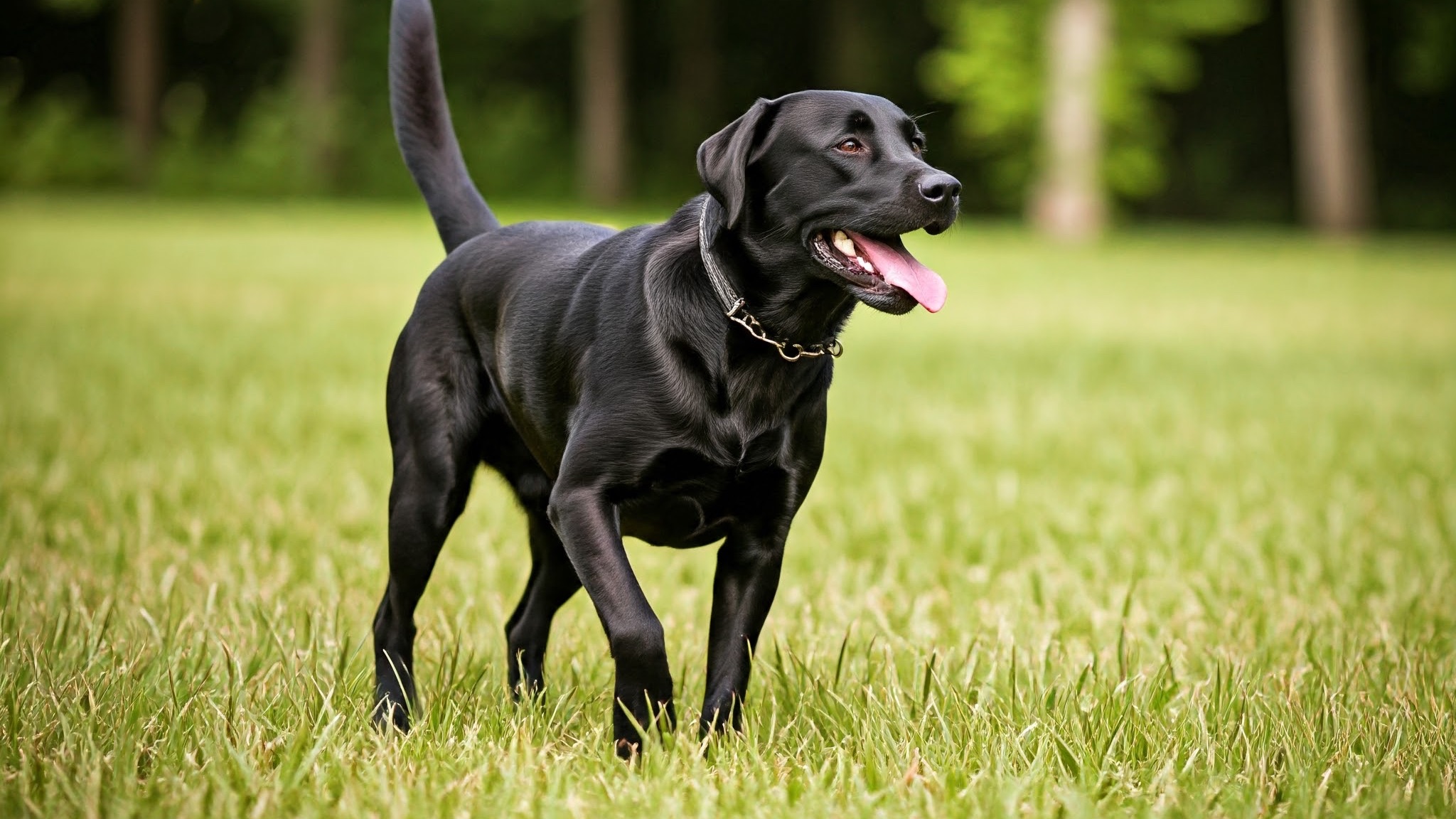Training on the Go: Simple Exercises to Keep Your Dog Sharp During Walks and Outings
Nov 06, 2024
Training your dog doesn’t need to be limited to dedicated sessions at home or in the backyard. Incorporating training exercises during your walks and outings not only keeps your dog mentally engaged but also strengthens your bond and reinforces good behavior in real-life situations. Here are some easy, effective exercises to keep your dog sharp during your outdoor adventures.
1. The Impromptu Sit Command
The simple act of practicing the “sit” command during your walk can help your dog maintain focus. Randomly ask your dog to sit when approaching street corners, encountering other people or dogs, or even just as a break during your walk. This exercise helps reinforce basic obedience in a distracting environment.
Tips:
- Reward your dog with praise or a small treat to reinforce the behavior.
- Maintain a consistent tone to ensure your dog doesn’t become confused by differing cues.
2. Recall Practice
“Come” is one of the most essential commands for any dog, especially if they’re off-leash or in an unfamiliar environment. Practice recall by letting your dog wander a short distance on a long leash or off-leash if safe. Call your dog back to you using a cheerful and inviting tone, rewarding them when they return promptly.
Tips:
- Start with a short distance and gradually increase it as your dog becomes more reliable.
- Use high-value treats or enthusiastic praise to make coming back to you rewarding.
3. The “Leave It” Drill
Whether it’s a tempting snack on the sidewalk or an interesting scent, training your dog to “leave it” can prevent unwanted scavenging and improve impulse control. When you spot something your dog might want to investigate, say “leave it” in a firm but calm voice. Reward them when they look to you instead of the distraction.
Tips:
- Begin practicing with less tempting items before moving to more challenging distractions.
- Always reward your dog’s success to reinforce their good choice.
4. Loose Leash Walking
Loose leash walking ensures your dog doesn’t pull and makes walks more enjoyable for both of you. During your walk, stop moving as soon as you feel tension on the leash. Wait for your dog to look back or relax the tension before you start walking again. This teaches your dog that pulling will not get them where they want to go.
Tips:
- Be patient; consistency is key.
- Celebrate small victories and praise your dog when they walk calmly by your side.
5. “Heel” on the Go
Practicing the “heel” command in different environments can help your dog learn to stay focused, even when there are distractions. Choose a short stretch of your walk to practice having your dog walk by your side, matching your pace. Give the “heel” command and reward them for maintaining the position.
Tips:
- Practice “heel” in various settings, such as a busy street or a quiet park, to build your dog’s confidence and reliability.
- Keep these sessions short to prevent your dog from becoming bored or frustrated.
6. Check-In Routine
Encourage your dog to check in with you throughout your walk. This exercise is especially helpful when off-leash, as it reminds your dog to stay aware of your presence. Every few minutes, call your dog’s name or use a cue word. Reward them when they make eye contact or come closer to you. This practice strengthens your bond and reinforces good off-leash manners.
Tips:
- Use a consistent cue word or phrase, such as “look” or “watch me.”
- Gradually increase the time between check-ins to build trust and independence.
7. Practicing “Stay” in the Wild
One of the most beneficial commands to practice in a public setting is “stay.” Find a safe spot and ask your dog to “stay” as you take a few steps away. Gradually increase the distance and duration over time. This helps your dog learn to stay put despite distractions, improving their impulse control.
Tips:
- Start small and stay within your dog’s comfort level to set them up for success.
- Always release your dog from the “stay” command with a consistent release word, such as “okay” or “free.”
Conclusion
- Training on the go is a great way to build your dog’s skills, mental agility, and ability to focus in a variety of settings. By incorporating these exercises during your walks and outings, you’re not only providing physical exercise but also creating a mentally stimulating and rewarding experience.
SUBSCRIBE FOR EXCLUSIVE WEEKLY TRAINING TIPS!
Subscribe to receive weekly blog posts filled with training tips, expert advice, and adventure inspiration to help you and your pup thrive together!
We hate SPAM. We will never sell your information, for any reason.

